First Impressions
Figuring things out on the go, maybe
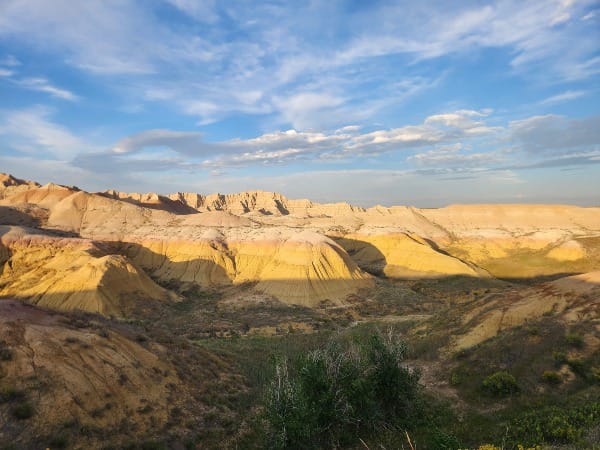
A week has passed, and this week I'm writing my weekly essay from a campground in Mesa Verde National Park, instead of Theodore Roosevelt National Park. No bison on a ridge this week to inspire me, but plenty else.
I have found little time to think deeply as this national park road trip continues into its second week. I've enjoyed so much of what I've seen, but I'm wondering a little how to turn these miles and vistas into meaningful words.
As a researcher and writer, sometimes (mostly) I proceed with a certain amount of faith. This book will be worth reading, even if I don't see how now. This archive will have been worth visiting, even if the day's research did not pan out as expected. This road trip will be beneficial even if revelations aren't revealing themselves.
Instead of deep insights, I have impressions, moments that stand out and may eventually reveal something. I hope.
Some impressions that have risen to top of mind as I sit here looking at a mesa as the sun starts to set.
I. Reflections
On the plains, the wind whips constantly. It helped cool us on a day that reached toward 100 degrees. To manage the heat, it was tempting to stay in the air-conditioned vehicle (which may have explained why the AC compressor broke the next day). But we weren't on the Great Plains only to drive.
A half-mile off the interstate, we stopped somewhere that barely looked bigger or more elaborate than a rest area. After a short paved walk, behind a chain link fence that was about to be locked, a small pyramid-like covering bulged above ground, glassing something below. I knew what was here but needed to see it.

A young park ranger answered questions from a European tourist about what happened to the cows in the winter when it got so cold in South Dakota. While these two tried (unsuccessfully) to understand cattle raising on the plains, I tried to glimpse through the glass and capture a photo of the weapon below.
This was part of the Minuteman Missile National Historic Site, a place dedicated to remembering the cold war. I could see the weapon, but barely. Everything above its glass cover—me, white clouds, blue skies—flashed back too strongly to see well inside.
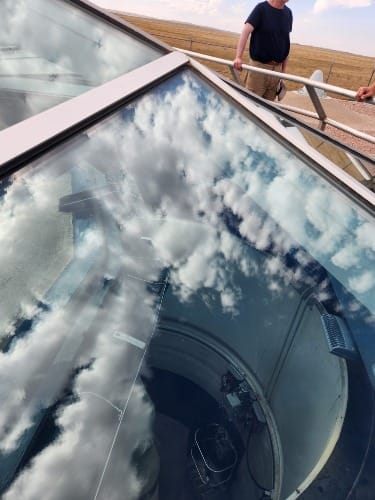
The ultimate weapon of war, in other words, remained obscured by reflections. I wondered, Does war, in most of its forms, merely reflect us back to ourselves?
II. Blue Bathrobe Man
When we shook free of US Highway 285 for State Highway 17, shifting into the San Luis Valley, a couple stood beside their big motorhome towing a car. She was beside the car; he looked on from a short distance at the towing connection.
That wasn't what stood out: his blue bathrobe flapping in the wind, bare legs sticking out the bottom, caught my attention. (Fortunately, his back was to us.)
I know that driving straight through the valley is hardly a way to learn about a place deeply and first impressions should not be definitive. But oddities added up. A reptile park. A UFO watchtower. Towns boarded up. After enough miles of hard-used land and rough trailers—unclear whether abandoned or occupied—passed by for miles, I remembered Cheap Land Colorado by Ted Conover, a book that I read a few years ago. I hadn't remembered it was this valley that was his subject, but as I watched this hard-edged landscape zip by, too many similarities arose and I could tell this was it.
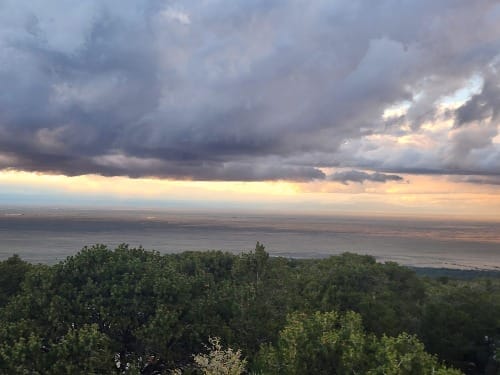
The story Conover tells is of a diverse set of people seeking escape of one sort or another, usually after being let down or finding hard times. They found their escape in cheap land in the San Luis Valley, where they could hide and live out a dream–or try. With the book in my mind, the place sorted itself a bit better.
Blue Bathrobe Man might have been one of Conover's sources, a person living to their own rhythm. He certainly presaged the strangeness of the place–at least on first impression. But strangeness takes many forms and, as Conover learned, there is always more than appearances suggest.
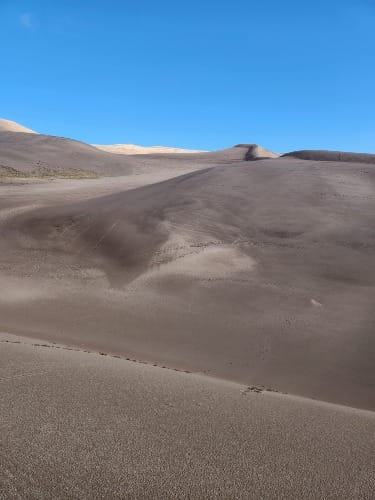
III. Enduring Curiosity
At Sun Point View in Mesa Verde–one of the more impressive overlooks–a family of four crashed down to the railing. "Look, there's one there. And another one there. Look over there!" On it went in outdoor voices. The teenaged boy found the place alluring but confounding. "How did they get in there?"

The curiosity and enthusiasm occupied a space between infectious and irritating, but he was obviously engaged with imagination. His dad seemed to be equally excited by placing himself at the time when these mesas were fully inhabited. At another stop, still with his outdoor voice, he opined, "If I was an Indian in this place, I'd be smoking his pipe and chilling all day."
They were impressed.
Parks do that: make an impression. That 16-year-old boy, I'm confident, will remember gazing across the canyon and seeing ancient homes. His imagination did not match mine–I've never thought about smoking and chilling all day. But the place grabbed hold. However that can happen in this day and age to snap people into seeing larger contexts should be welcomed.
Just Impressions
Like I said, impressions. Brief encounters I've thought about. Not much to them. Not much meaning. Yet. But on the road, you see things and hear things and absorb things. If wisdom alights at once, I might not trust it. I need to mull it over.
In Other Words
The subject of this month's interview for paid subscribers to Taking Bearings is Brenden Rensink. You should read the interview (and subscribe if you haven't). He hosts a podcast, Writing Westward, and featured me for September. You can listen here.
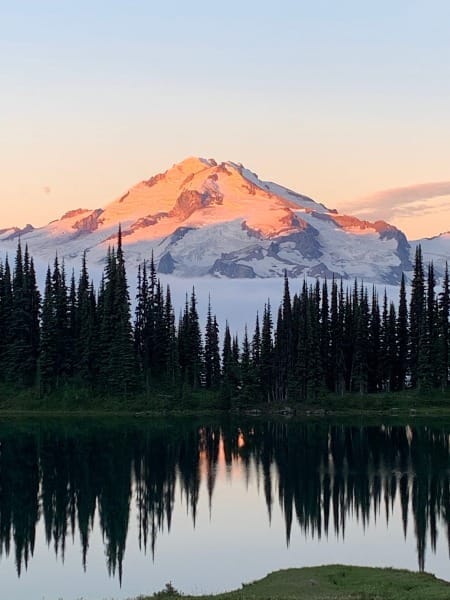


Comments ()